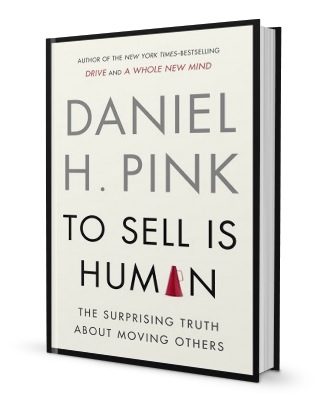I live on a golf course. If you push it right off the 7th tee, I get to keep your golf ball. My family spends a good amount of time playing in the back yard. I’m very thankful that none of us have been hit yet.

Photo courtesy of iStockPhoto.com
Earlier in the summer, I was in the back yard playing pitch and catch with my boys. Suddenly, a shiny Titleist Pro V1 came flying into the yard. My 7 year-old ran to grab it. Then he took it up to the course and sold it back to the owner. He provided a small service to this man and added value to his life. He made $2. I was one proud dad. My wife was mortified.
Now imagine a 7 year-old toe-head with a huge smile doing a victory dance. It was awesome.
That episode got me thinking about how my dad taught me how to work when I was a kid. I mowed his empty lots. I dug ditches. I worked at his carwash. He gave me jobs instead of money, and I am grateful for that.
I’m sure I will do the same with my boys. However, I want to teach them how to create tremendous value and be paid for it. I want them to catch the entrepreneur bug at an early age. If they can learn self-discipline as well, they should never lack. Or at least they won’t be a burden to the taxpayer.
So here is what we did to start their first business.
Inventory
We went to my neighbor who has lived on this street for years. He has thousands of golf balls that he’s collected over the years. I took my 7 year old with me and we offered to buy some of his golf balls in bulk. I was going to play the role of the bank and finance their startup. They could pay me back from their cashflow.
Somewhat unfortunately, my neighbor is so fond of my son, he just gave him about 150 golf balls. I really wanted them to learn about cost of goods sold, but my neighbor would not take our money.
Preparation
These are used golf balls. Many are in great shape. Many had head-butted cart paths and trees. Many were just dirty. So we grabbed a bucket, dumped all the balls in there, and filled it up with water. Even my 4 year-old baby girl got in on the action to play with the water hose.
We then cleaned and dried them off. I had the opportunity to discuss quality control with them and the importance of creating an excellent product.
Sorting
If you are a golfer, you know there is a big difference between some balls and others. We then sorted all the balls into three groups. Group A was the Pro V1 and its equal. Group B was filled with the NXT type. Group C were the ones you would hit into a corn field and not go looking for them.
Packaging
When we had our groups sorted, we packed our product. Each bag contained 5 golf balls – 0ne from Group A and two from both B and C.
Our thinking was if the A ball could be around $5 out of the box, then we would sell the group of 5 for $5.
Sales Pitch
I then taught my boys the sales pitch. When a golfer tees off and lands close to our yard, the run and grab a bag of their product. They then locate the golfers ball for them. “Sir, we have the best deal in town! Buy a Pro V-1 for $5 and get four balls for free!” It is a sight to see.
I want my boys to learn how to create value for others and generate income, and they are getting a taste. It was a joy to see the light in their eyes when they made their first sale. I love it when we are throwing in the back yard, and they drop their gloves and run to get their “inventory” to sell to a customer. I hope that it will start a drive in their bellies.
So here’s to Will and Ben – business owners!
There was an issue loading your timed LeadBox™. Please check plugin settings.











